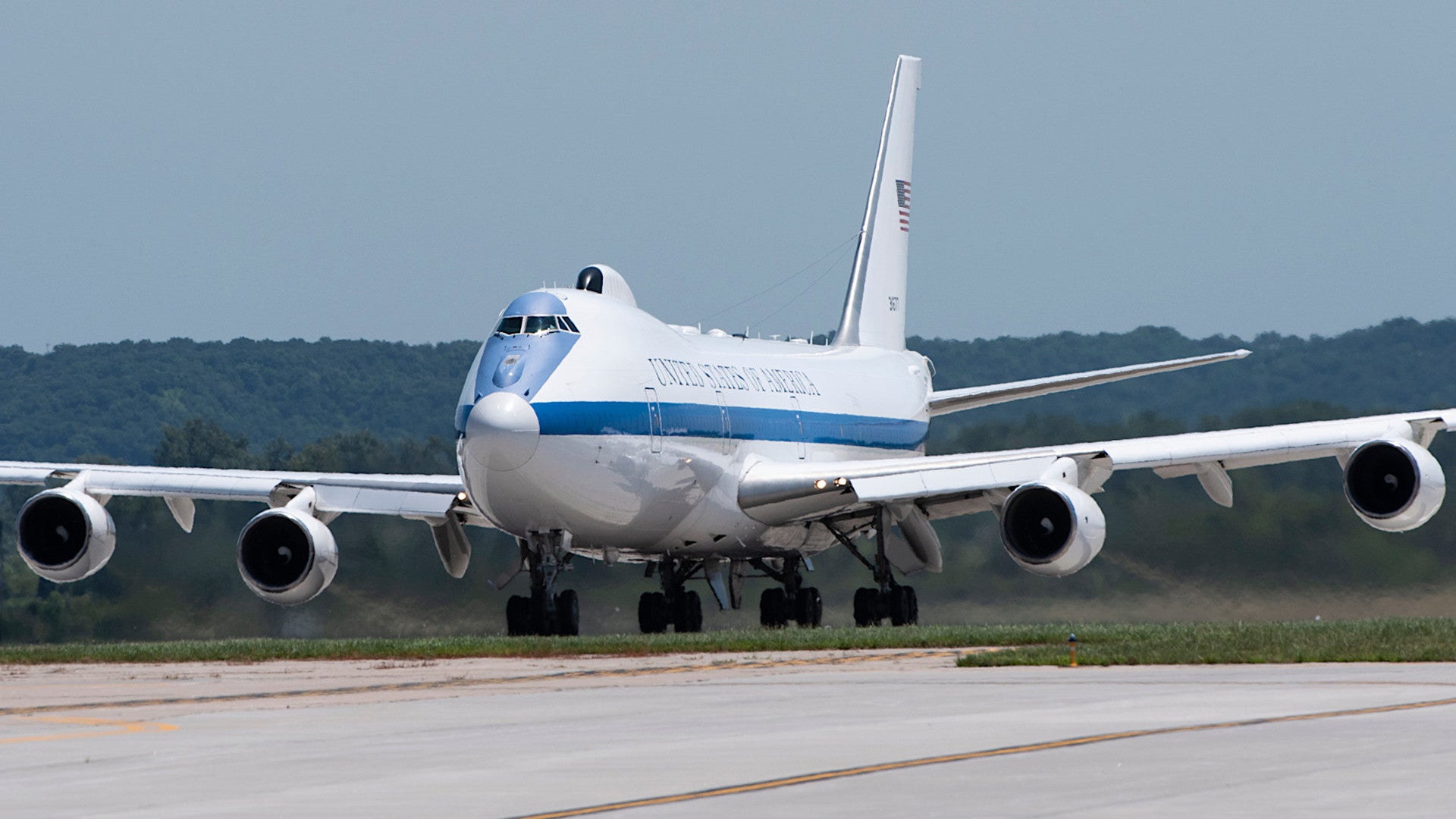The U.S. Air Force is pushing ahead with its Survivable Airborne Operations Center program, or SAOC, to replace its aging fleet of E-4B Nightwatch aircraft, also known as National Airborne Operations Centers, or NAOCs. The requirements for the future SAOCs remain highly classified, but details continue to trickle out suggesting that the aircraft that the service wants will have a similar size and general layout, including four engines, to the existing Boeing 747-based E-4Bs, if it is not based on a Jumbo Jet airframe itself.
The Air Force Life Cycle Management Center’s (AFLCMC) Presidential Airlift Directorate, which is overseeing the SAOC effort, issued a new contracting notice regarding the program on Feb. 17, 2021. “The Government intends to continue to pursue a full and open acquisition strategy for the entire weapon system using a very large platform,” it read.
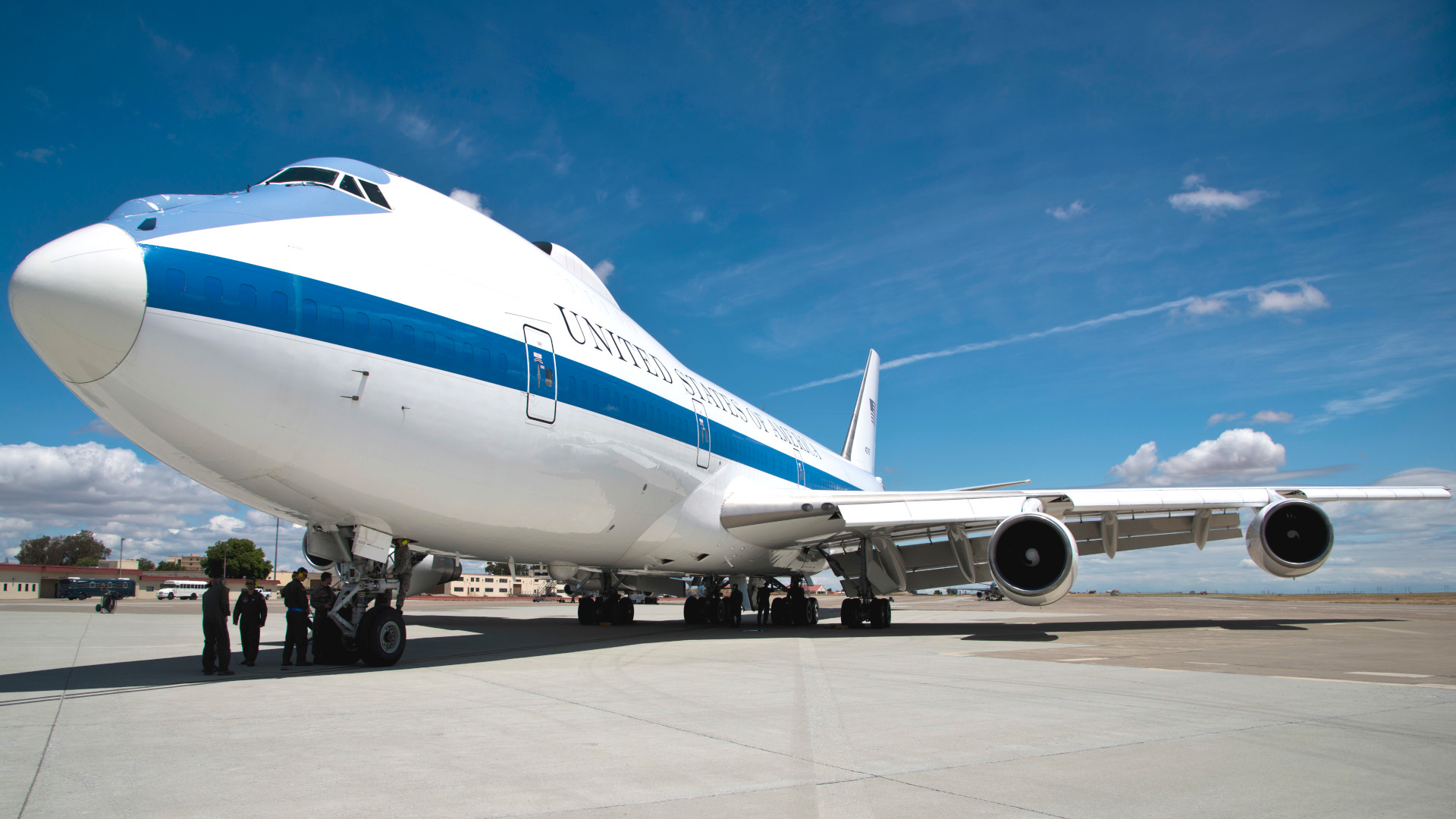
This follows the public disclosure that a decision had been made to allow interested companies to submit SAOC proposals involving modified used commercial aircraft in December 2020. The Air Force has offered no further substantive information about its requirements for this aircraft. The relevant System Requirements Document (SRD) is classified.
Steve Trimble, Aviation Week‘s Defense Editor and good friend of The War Zone, noted last year that the option of starting with a used commercial aircraft opened a new door to using a 747 airframe, among others, for the SAOC. Today, he noted that the stipulation that the plane would have to be a “very large platform” also pointed to Jumbo Jet-based offerings being very likely contenders.
That the SAOC’s specific requirements, including physical parameters and how many engines it needs to have, are tightly controled is hardly surprising. Commonly referred to as “Doomsday Planes,” the main mission of the Air Force’s four existing E-4Bs is to provide a robust and survivable airborne command post that offers a platform for the President of the United States, via a mechanism known as the National Command Authority (NCA), to initiate a nuclear strike. It can also be employed to direct other major military operations or the response to other significant contingencies, including large-scale natural disasters, if necessary.
Typically, one of these aircraft shadows the President when they fly on one of the VC-25A Air Force One aircraft overseas. They are also often employed as a means of transporting the Secretary of Defense to foreign countries. You can read more about the E-4Bs and their missions, which are an essential component of overarching continuity of government plans that ensure national-level authorities continue to function in even the most serious crises, in this past War Zone piece.
Three of the four E-4Bs started life as E-4A Advanced Airborne Command Posts (AACP), which first entered service in the mid-1970s. These were later converted to the improved NAOC standard in the 1980s. A fourth aircraft in the NAOC configuration was also subsequently acquired. All of these aircraft are based on the 747-200B airframe, as are the two VC-25A Air Force One jets.
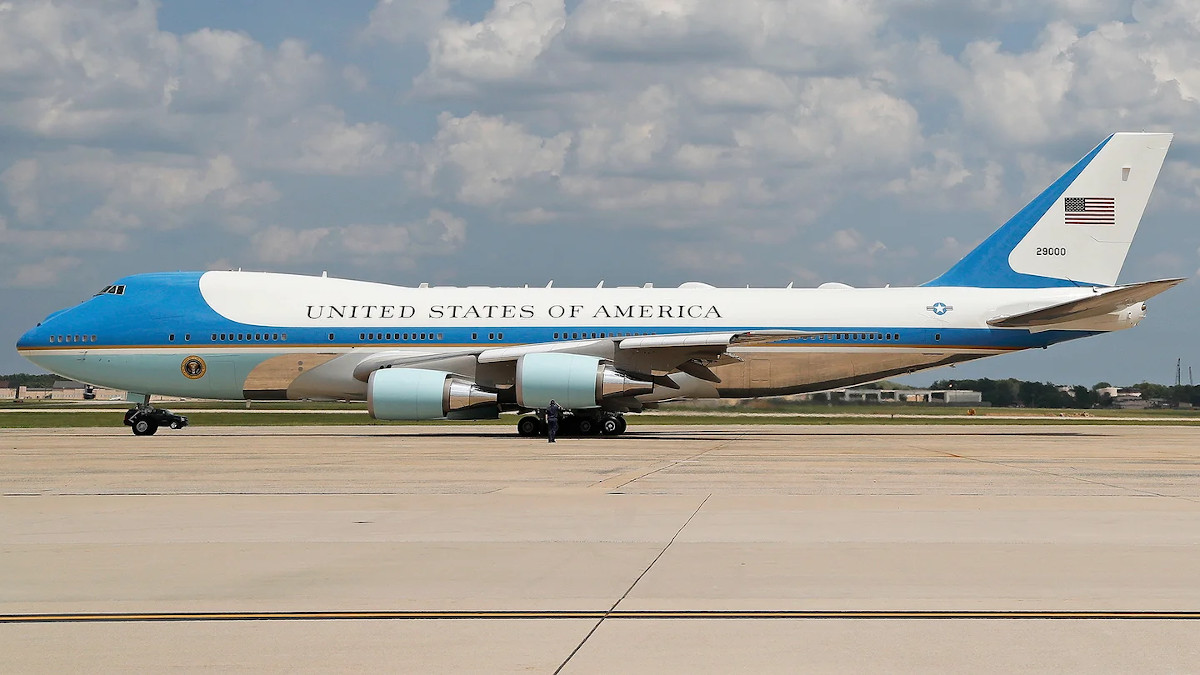
There have already been other signs that the Air Force might be increasingly interested in another 747-based platform for the SAOC. In 2017, it had emerged that the service, together with the U.S. Navy, were exploring a possible common replacement aircraft for the E-4B, as well as the E-6B Mercury and C-32A types.
The E-6B is another airborne strategic command post designed to provide an alternate flying communications link to America’s nuclear-capable bombers, ballistic missile submarines, and intercontinental ballistic missile silos. These aircraft took on the roles that had previously been filled by separate Air Force and Navy aircraft performing missions referred to as the Airborne Command Post (ABNCP) and Take Charge And Move Out (TACAMO), respectively.
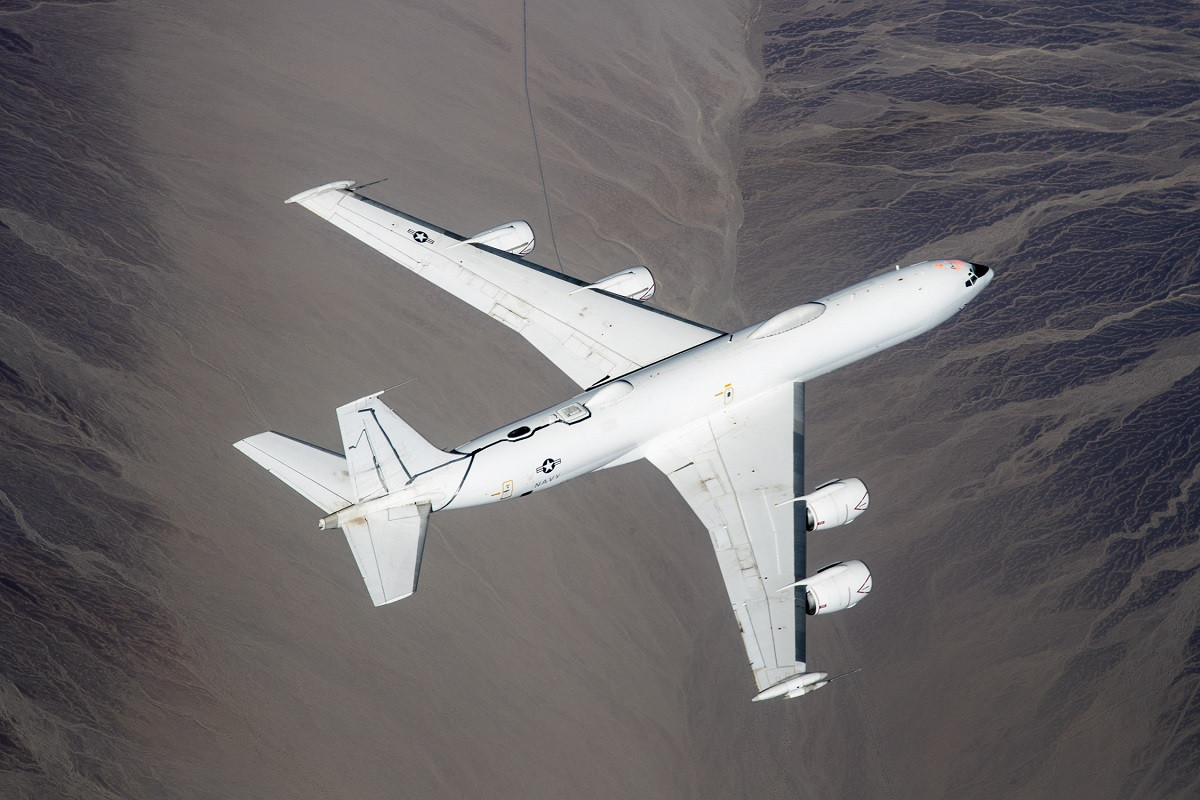
The C-32As, commonly known as Air Force Twos, are executive transports that are also used to ferry around the President, depending on the nature of the trip, as well as the Vice President and other senior officials and their entourages.
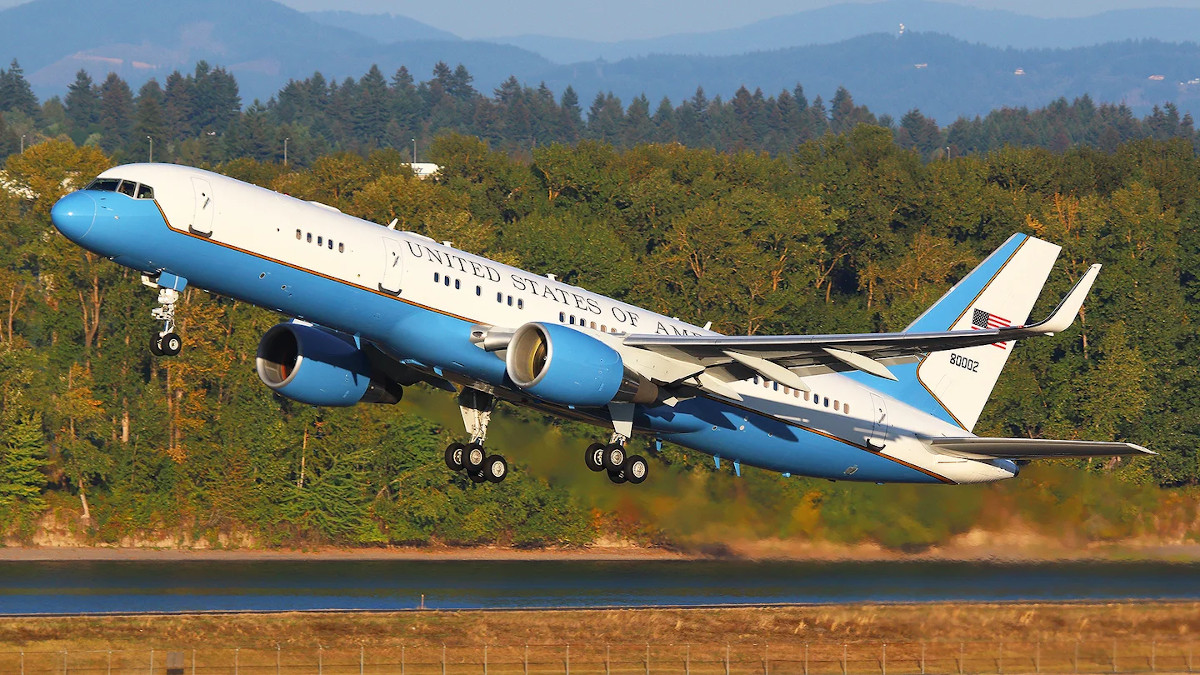
In 2019, however, the Air Force appeared to shelve what had become known as the NEAT program, a nested acronym combining NAOC, Executive Airlift, ABNCP, and TACAMO, in favor of SAOC. The SAOC effort, as already noted, is focused only on replacing the E-4B. In 2020, the Navy announced it was looking for a new dedicated TACAMO aircraft based on the four-engine C-130J turboprop airlifter.
The C-32A is notably based on the twin-engine Boeing 757, while the E-6B is derived from the four-engine Boeing 707, as well. All told there is growing evidence that differences in requirements, including with regards to total engines, led to the collapse of the NEAT program’s idea of acquiring a single type to perform all of these mission sets.
This is similar to what is understood to have happened with regards to the decision to use a 747-based design for the future VC-25B Air Force One aircraft. Those two jets are also notably being converted from 747-8i airliners originally destined for a now-defunct Russian airline.
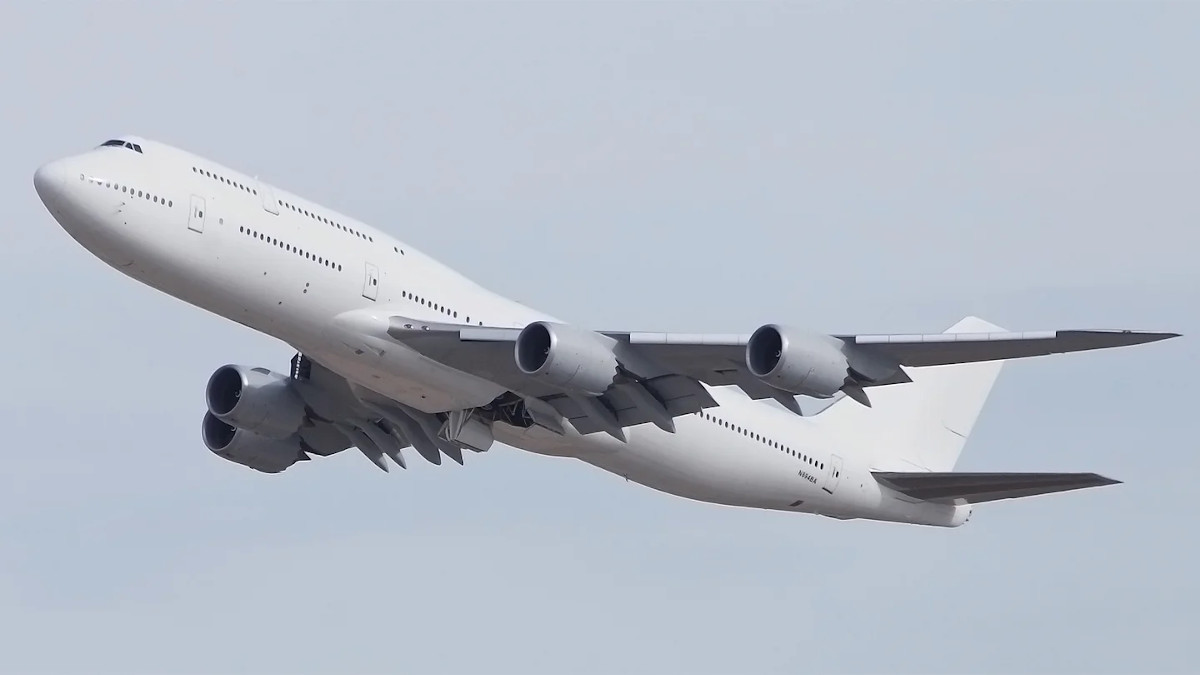
A briefing that the Air Force gave to then-President Elect Donald Trump in December 2016 made clear the significance of the four-engine requirement for the VC-25B. A four-engine aircraft with one engine out would translate to “land as soon as practical,” while the loss of one engine on a two-engine plane would require it to “land as soon as possible,” one of the slides explained. The War Zone obtained this briefing for Trump, who was then a major critic of the Air Force One replacement program, along with a number of others via the Freedom of Information Act, and you can read more about them in this past feature.
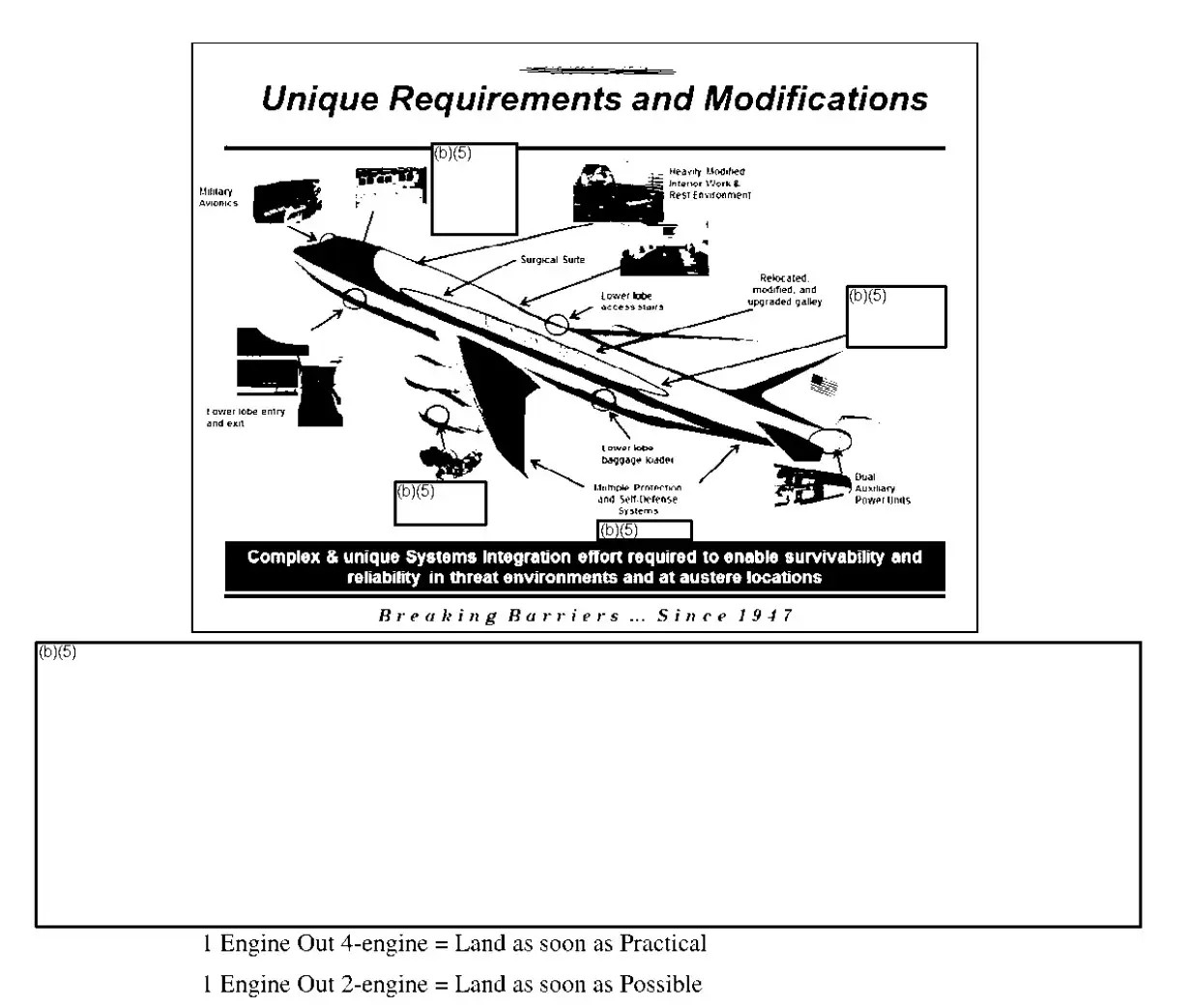
It’s not at all hard to see how the Air Force could have arrived at the same conclusion with regards to the E-4B. While the NEAT program was going on, there had been discussion, including here at The War Zone, about potentially using a twin-engine design, such as one based on the KC-46A Pegasus tanker, which is itself derived from the Boeing 767.
The decision to use the 747-8i as the basis for the VC-25B could also have impacted the thinking regarding the E-4B’s eventual replacement. The design of the Nightwatch aircraft, including its communication suite, hardening against electromagnetic pulses for nuclear detonations, and more, had informed that of the VC-25As. Leveraging any significant amount of work that has already been done in the development of the conversion plan for the new Air Force One jets could help lower the costs and complexities associated with crafting a 747-8i-based SAOC.
In addition, the Air Force’s public announcement that it would allow proposals involving used commercial airframes for the SAOC program came after Boeing announced last year that it would halt 747 production for good after building the remaining aircraft it has on order now. As such, any new 747-based airborne command posts would have to use second-hand Jumbo Jets as the starting point. It’s possible that Boeing could be convinced to delay its plans to shut down the production line for these planes, but that prospect already seems increasingly remote.
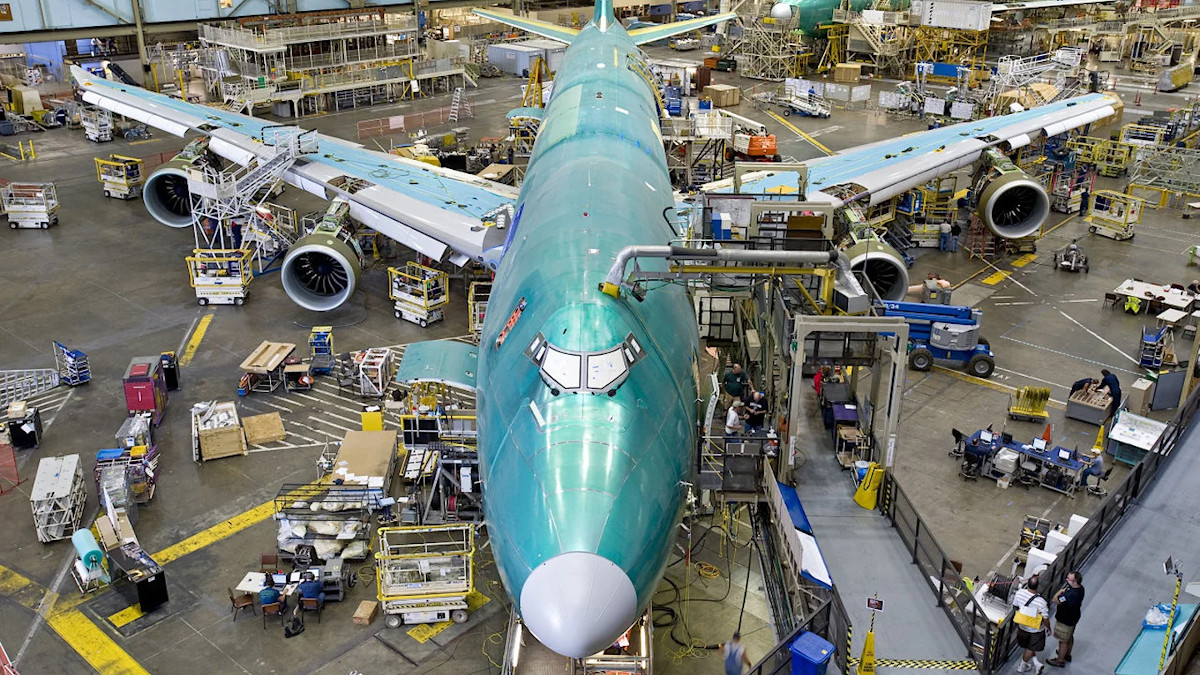
On top of all that, there are few, if any, real alternatives, new or used, to the 747 if the Air Force’s definition of “very large platform” is based on the size of the existing E-4Bs. Aviation Week‘s Trimble said that this was especially true “assuming used [Airbus] A380s are off the table.” The European aerospace consortium is set to stop making A380s this year, with less than 300 examples built in the past 17 years or so, compared to the more than 1,500 747s of all variants that Boeing has built since the 1960s. As such, the A380 has a much more limited supplier base to support it. It’s hard to see the Air Force choosing a foreign design as the basis for the SAOC, for operational security and political reasons, anyway.
It’s also interesting to note that Lockheed had proposed an airborne command post variant of its massive C-5 Galaxy cargo aircraft, which is also no longer in production, as a possible replacement for some of the aircraft that the E-6Bs ultimately supplanted. You can read more about the EC-5B concept in this past War Zone piece.
Of course, it still remains to be seen exactly what aircraft the Air Force might ultimately select for the SAOC. That being said, there are steadily growing signs that the service is leaning more and more toward a 747-based design.
Contact the author: joe@thedrive.com
